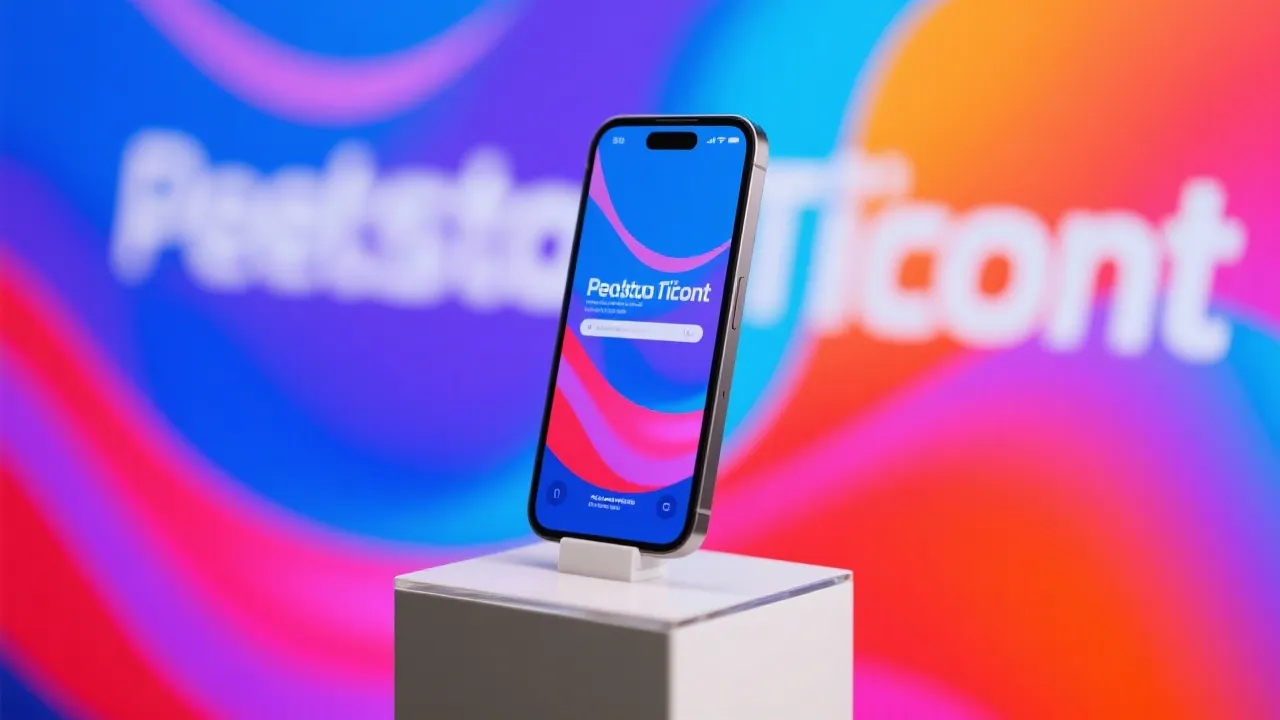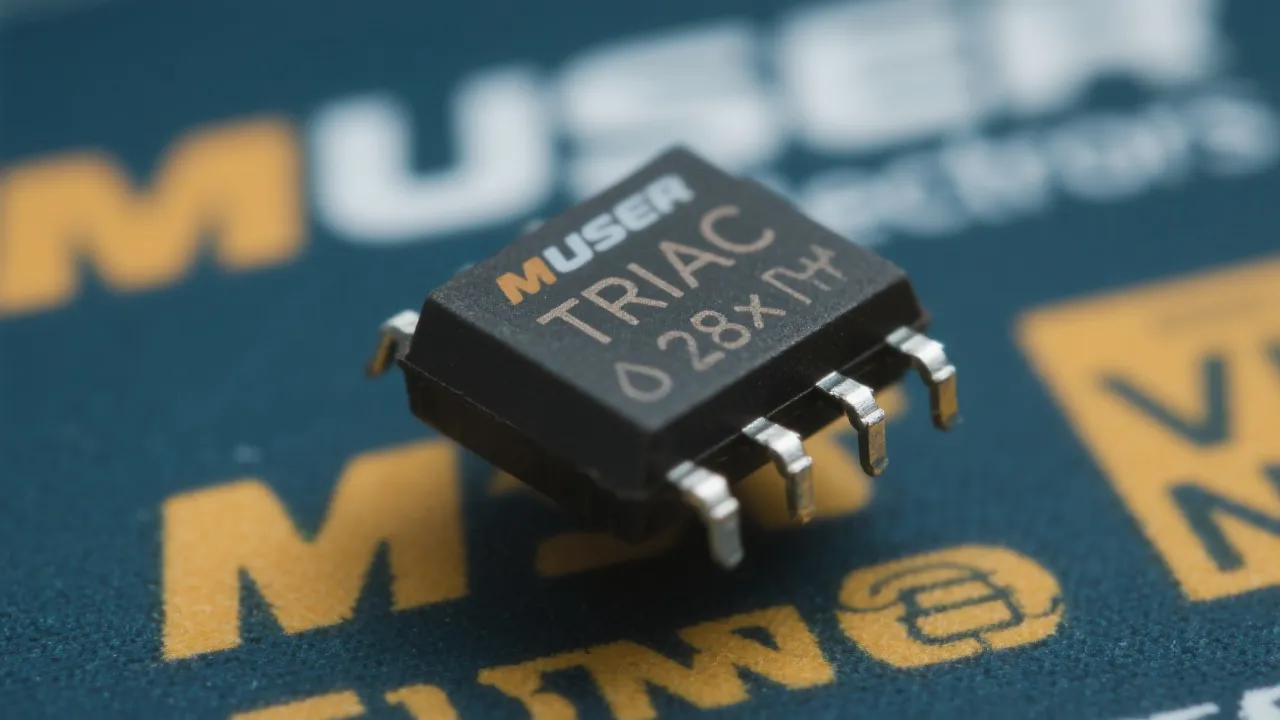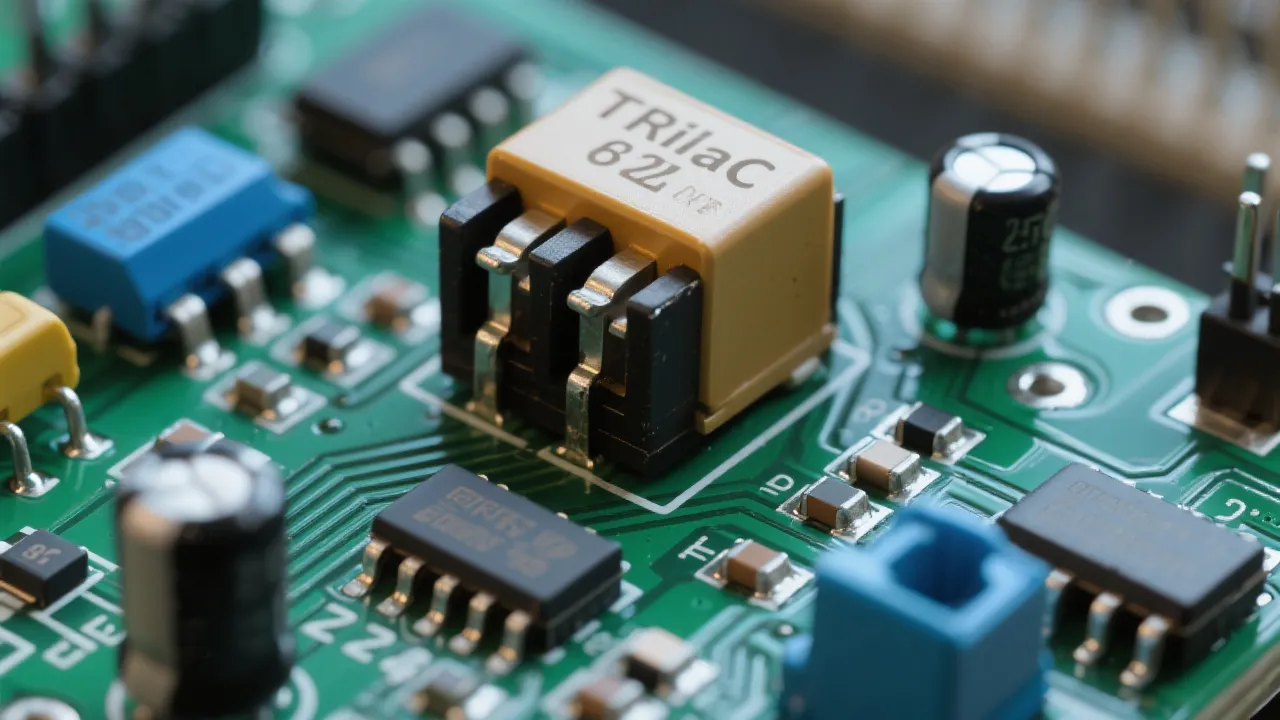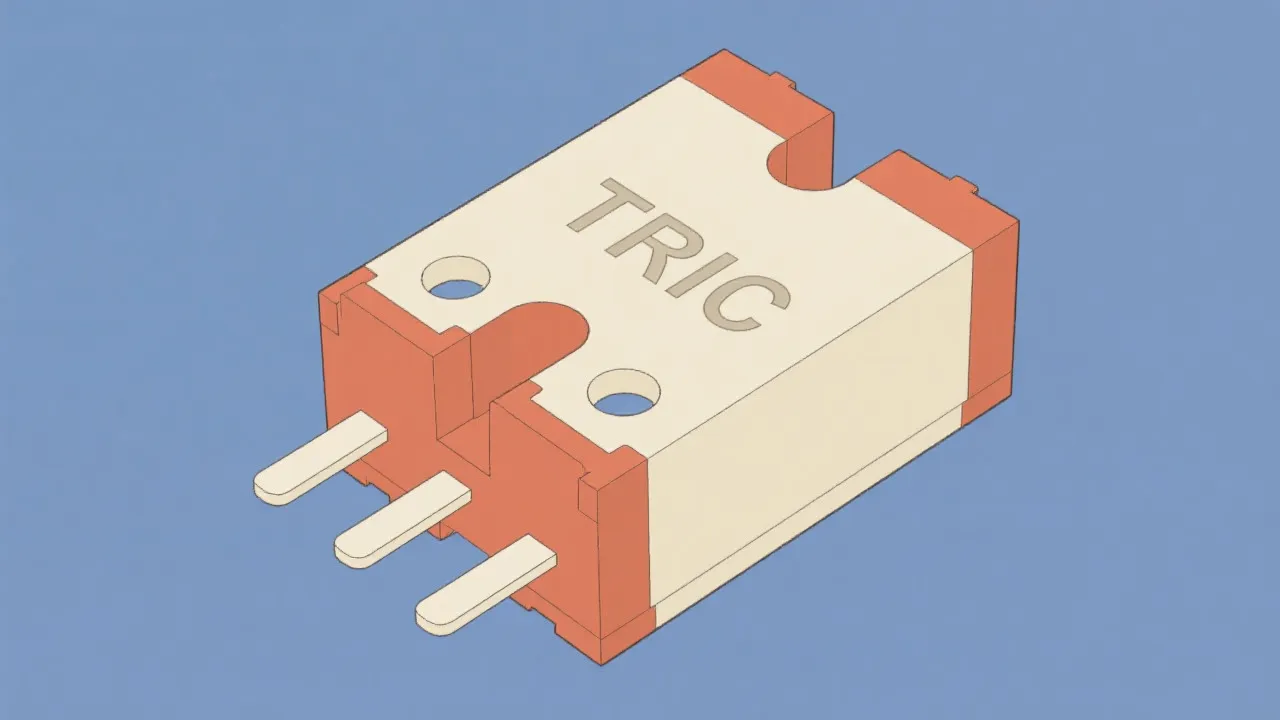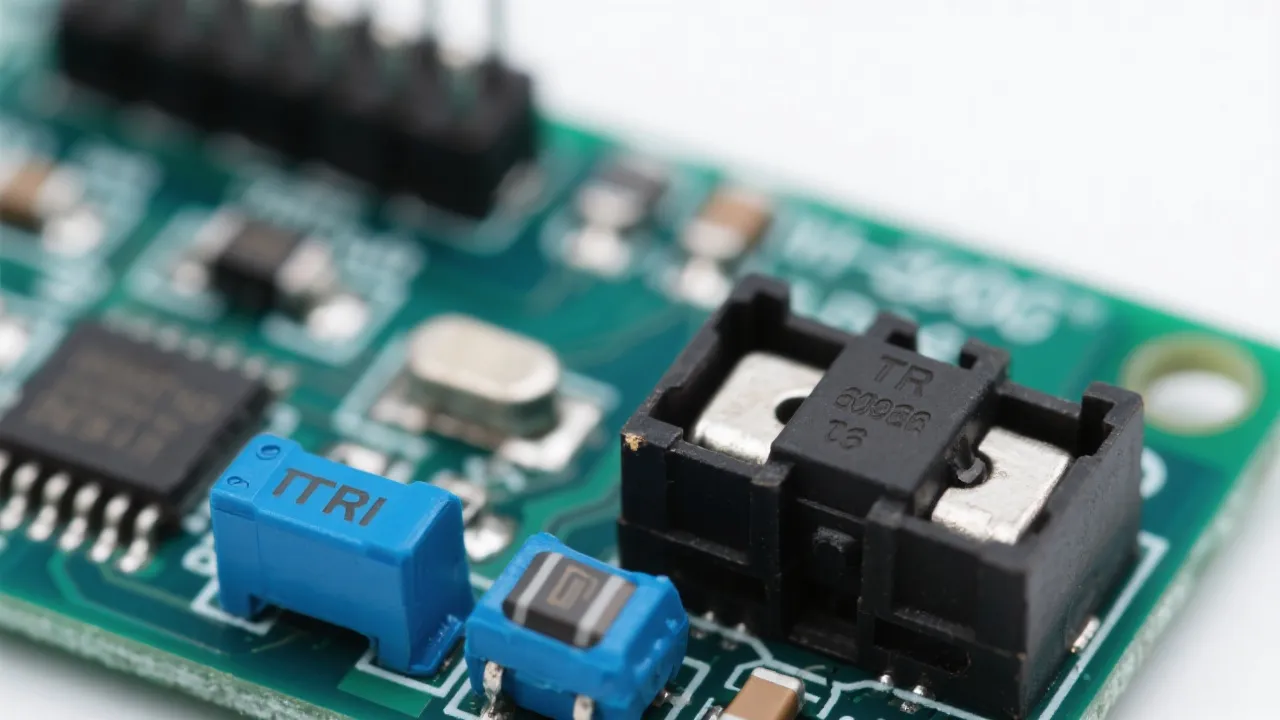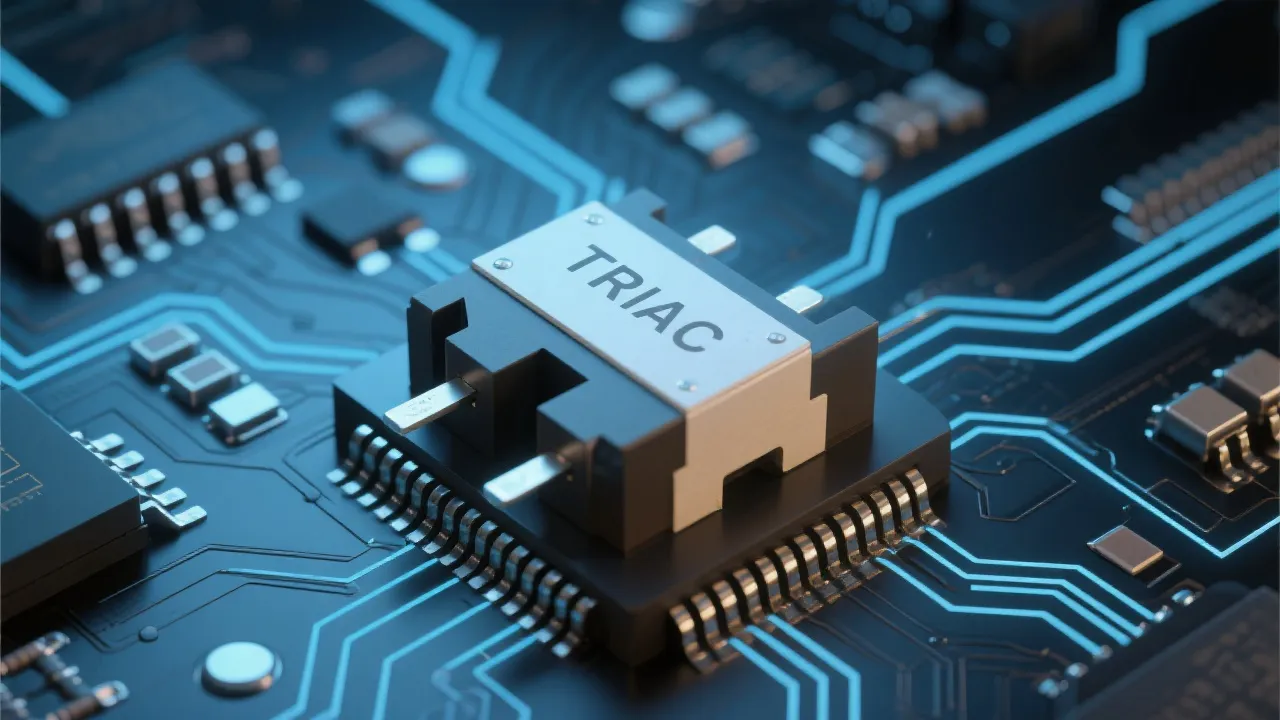Understanding Opgw Oplat Installations
This comprehensive guide explores the intricate world of Opgw Oplat, a crucial component in modern telecommunications infrastructure. Optical Ground Wire (OPGW) incorporates optical fibers within a ground wire of overhead power lines, ensuring efficient data transmission and system protection. Explore its applications, benefits, and industry significance.
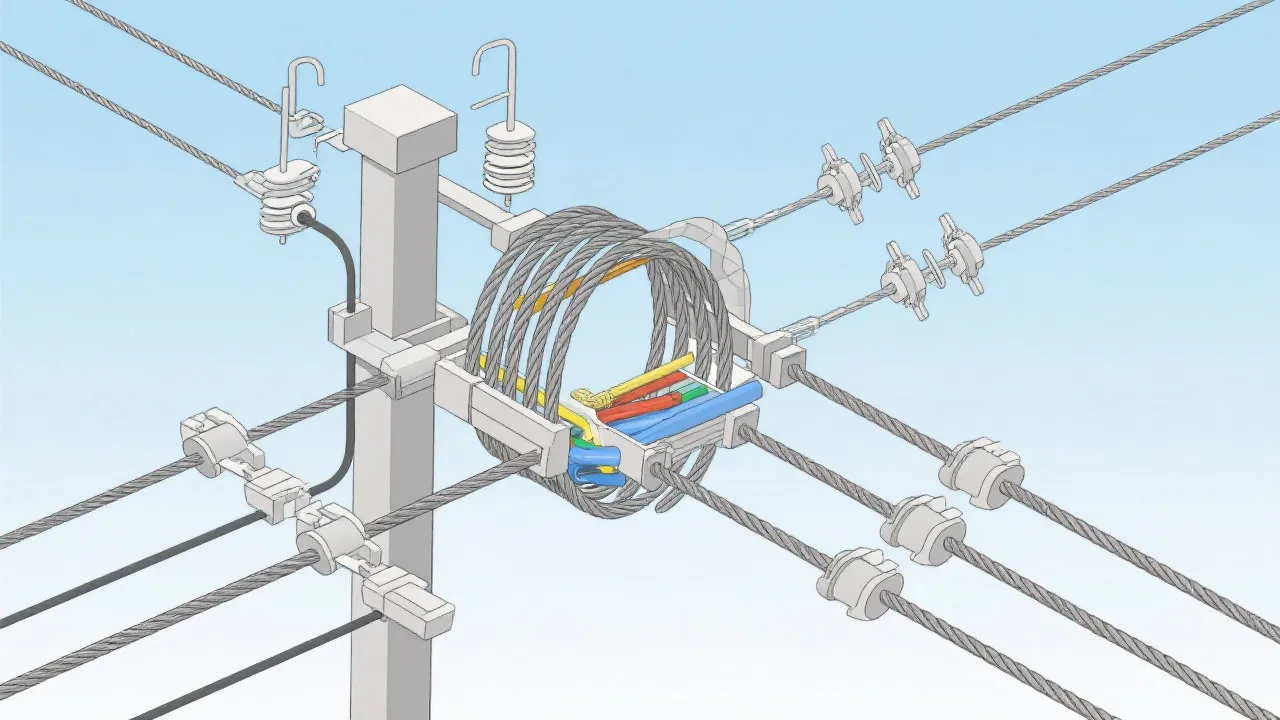
Exploring the Significance of Opgw Oplat
The integration of Optical Ground Wire (OPGW) into telecommunications infrastructures represents a pivotal advancement in ensuring the reliability and efficiency of power and data transmission systems. The term "Opgw Oplat" delves into the specialized use of these components within various applications, underscoring their indispensability in modern networking endeavors. The evolution of telecommunications has led to increasing demands for higher bandwidth, lower latency, and greater security across communication networks. This is where OPGW cables shine, providing efficient solutions that meet these demands while supporting the dual purpose of electrical grounding and data transmission.
What is Opgw?
OPGW, or Optical Ground Wire, is a sophisticated component used in telecommunication. It is designed to combine the functionalities of grounding and data transmission into a single cable system. The optical fibers integrated into these wires provide high-speed data channels while also serving as a medium for electrical insulation and protection against power surges and faults. The design of OPGW allows it to withstand extreme weather conditions, electrical interference, and physical stress, which makes it a reliable choice for utility companies and other service providers.
The Evolution of Opgw Technology
Over the past few decades, the technology behind OPGW has evolved significantly. Initially, the concept of merging optical fibers with ground wires was met with skepticism, largely because traditional electrical systems had relied solely on copper-based grounding solutions. However, advances in fiber optic technology, materials science, and manufacturing processes enabled the development of modern OPGW cables. These advancements have paved the way for a multitude of applications that not only include basic telecommunications but also sophisticated data networks required by today’s digital society.
Applications and Benefits
OPGW cables find a myriad of applications in electric power and telecommunication industries. Their ability to facilitate efficient and fast data transmission alongside serving as a ground conductor makes them essential for cross-country power lines and communication networks. The versatility of OPGW cables allows them to be deployed in various scenarios, from powering urban centers to providing connectivity in rural areas. Below are some of the significant applications of OPGW:
- Data Handling Capacity: The optical fibers embedded within the ground wire facilitate high-capacity data transmission, which is crucial for telecommunications. This capacity is vital for delivering broadband services and supporting the growing demand for data from both residential and commercial users.
- Protection Against Electrical Faults: As a ground wire, OPGW offers robust protection to overhead power lines against electrical faults and lightning strikes. This added layer of safety is critical for maintaining service continuity and protecting infrastructure investments.
- Durability and Reliability: Made to withstand harsh environmental conditions, these cables ensure long-term reliability and performance. The materials used in OPGW construction, including aluminum and fiber optics, not only enhance durability but also reduce corrosion risk compared to traditional grounding solutions.
- Smart Grid Integration: OPGW is vital for smart grid applications, enabling real-time data exchange between utilities and consumers. This capability allows for improved energy management, demand response, and the integration of renewable energy sources, leading to a more sustainable energy landscape.
- Enhanced Communication Systems: In an era where instantaneous communication is expected, OPGW systems provide the necessary infrastructure for cellular networks, Internet services, and data traffic, supporting everything from smartphone connectivity to IoT devices.
Industry Integration and Impact
The integration of Opgw Oplat into the core infrastructure of telecommunications is transformative. It enables utility companies to offer enhanced data services without the need for dedicated telecommunication lines, thus reducing installation costs and maintenance demands. This dual-functionality highlights its role not only as a cost-effective solution but also as a sustainable one. As industries move towards digitization and automation, the dependency on reliable and fast data transmission systems grows, making OPGW essential for future-proofing communication networks. Moreover, its installation results in less physical infrastructure on the ground, reducing the environmental footprint typically associated with traditional installations.
Regulatory and Safety Standards
As with any technology used in critical infrastructure, OPGW systems are subject to various regulations and safety standards. These standards ensure that the cables are not only effective but also safe for public use. Compliance with international standards such as those set by the International Electrotechnical Commission (IEC) and the American National Standards Institute (ANSI) is crucial. These guidelines dictate aspects of installation, maintenance, and operational safety, ensuring minimized risk in the event of natural disasters, electrical faults, or system failures. Regular inspections and adherence to safety protocols help maintain the integrity of OPGW systems, protecting both utility personnel and consumers alike. Engaging qualified professionals for installation and inspections can ensure that the OPGW systems remain compliant while operating efficiently.
FAQs on Opgw Oplat
- What differentiates OPGW from traditional ground wires? OPGW integrates optical fibers for data transmission, unlike traditional ground wires which solely function to ground electricity. This dual capability makes OPGW a unique and valuable asset in infrastructure development.
- Where is OPGW typically installed? It is commonly installed in high-voltage power lines to leverage its dual potential in power conductance and data transfer, optimizing the functionality of transmission lines.
- How does OPGW contribute to telecommunications? By providing a medium for high-speed data transmission alongside power grounding, it enhances the efficiency and performance of telecommunication networks. The ability to support high bandwidth communications alongside power lines is a game-changer in the fiber optic space.
- What are the maintenance requirements for OPGW? These cables are designed for durability but require periodic inspection and maintenance to ensure optimal performance and safety. Regular checks for wear, connectivity integrity, and environmental damage are key to prolonging the lifespan of OPGW systems.
- Can OPGW be retrofitted into existing power lines? Yes, it can be installed in existing infrastructure, although it may require careful planning and execution to align with current systems. Retrofitting must consider existing line loads, material compatibility, and installation methods to mitigate risks associated with infrastructure alteration.
Comparative Analysis
| Feature | OPGW | Traditional Ground Wire |
|---|---|---|
| Data Transmission | Yes | No |
| Grounding | Yes | Yes |
| Installation Cost | Moderate | Lower |
| Durability | High | Moderate |
| Environmental Impact | Lower, due to reduced infrastructure needs | Higher, due to additional installations |
| Performance in Harsh Conditions | Excellent | Good |
Future Prospects and Innovations
The market for OPGW continues to expand, driven by the increasing demand for high-speed internet, smart grid technologies, and renewable energy initiatives. Various innovations are expected to emerge in the coming years, including enhanced fiber optic materials that can transmit data at higher speeds and with greater efficiency. Research and development in the area of fiber optic technology are on the rise, leading to potential breakthroughs in the capabilities of OPGW systems.
Additionally, the trend towards decentralizing power generation and integrating more renewable sources such as solar and wind can further boost the utility of OPGW. It allows utility companies and service providers to enhance grid resilience and reliability. As these technologies become more mainstream, OPGW is poised to evolve, meeting the dynamic needs of the modern energy and telecommunications sectors.
Conclusion
Understanding the nuances of Opgw Oplat reveals its crucial role in modern telecommunications and power distribution networks. It represents an evolution in cable technology, merging the realms of groundwork and high-speed data communication into a singular, efficient solution. The advantages of OPGW go beyond mere functionality; they encompass economic efficiency, sustainability, and adaptability in an ever-evolving technological landscape. As industries increasingly prioritize sustainability and efficiency, the adoption of OPGW systems is anticipated to expand, heralding a new era of connected and resilient infrastructure worldwide. In conclusion, OPGW not only enhances the technical capabilities of existing infrastructures but also plays a central role in shaping the future of communication and power distribution in our increasingly digital world.


